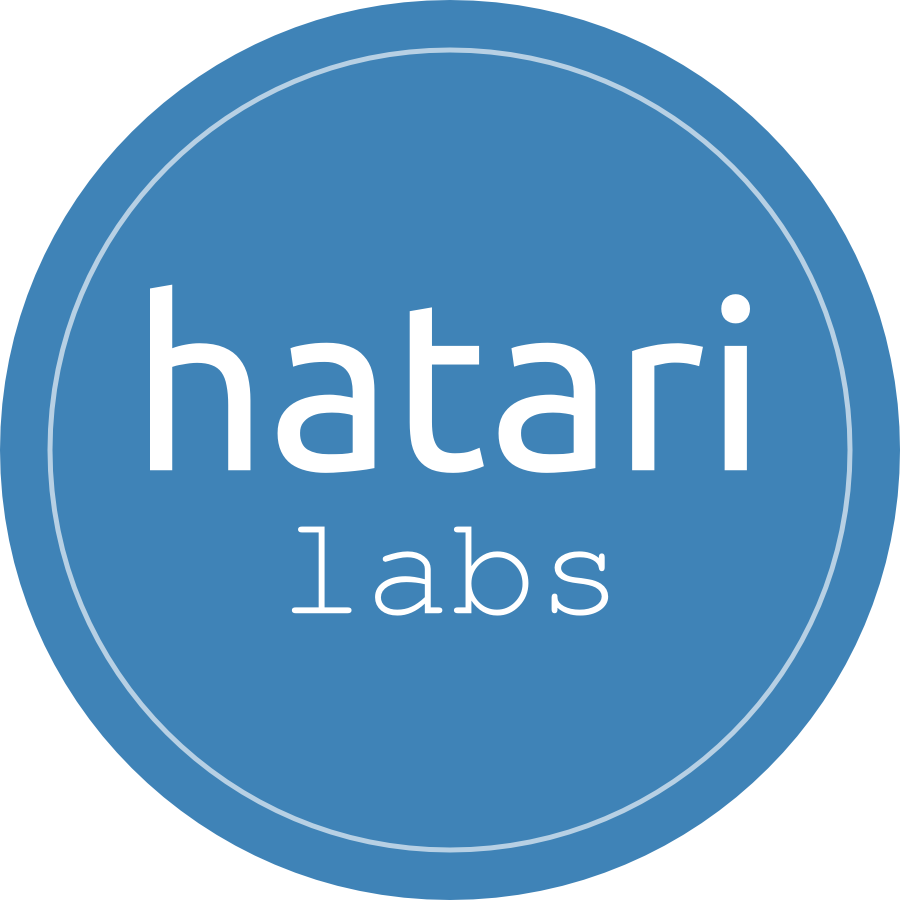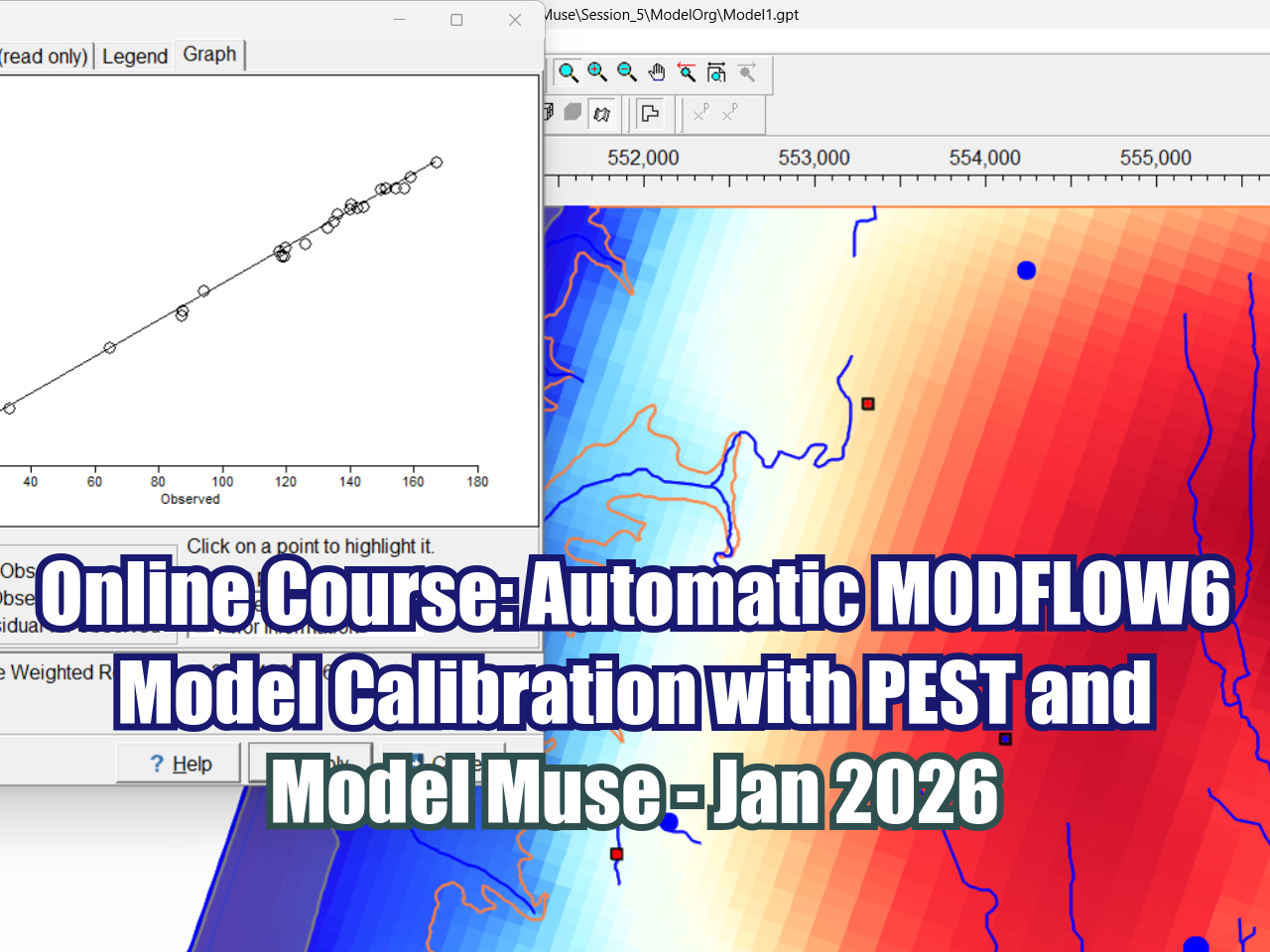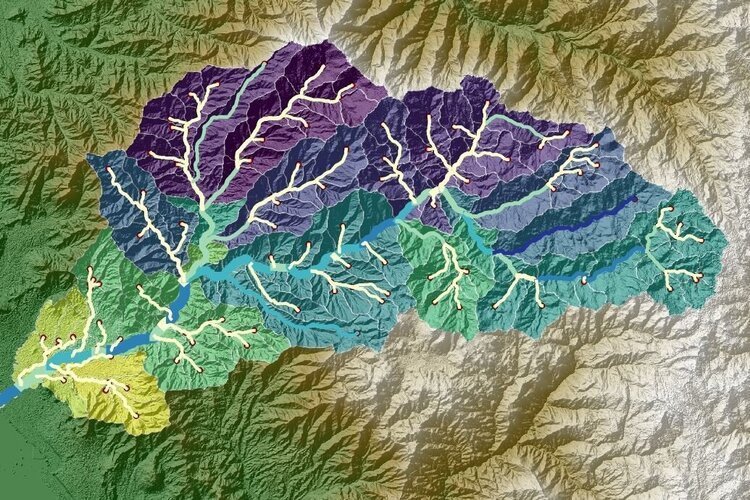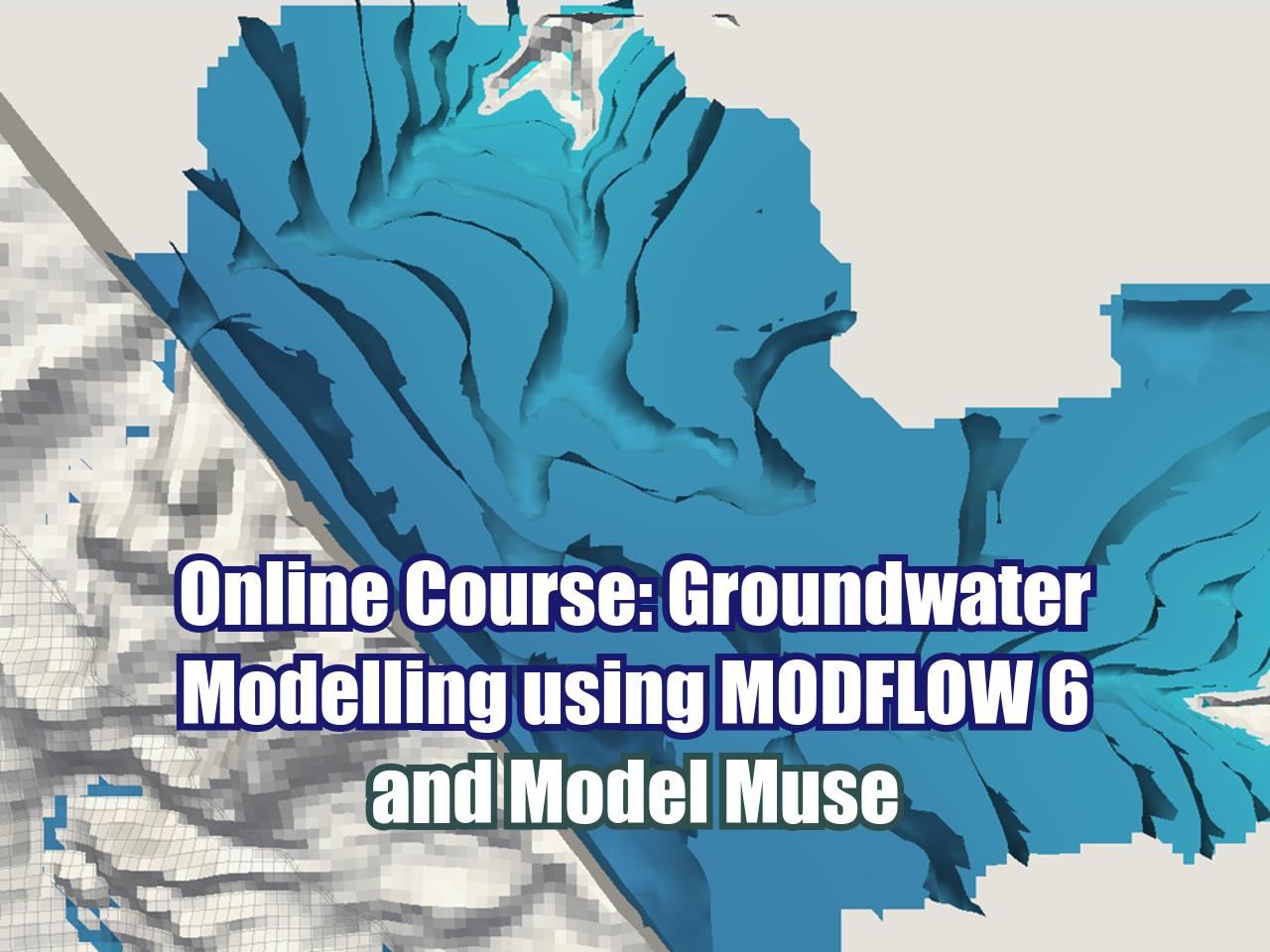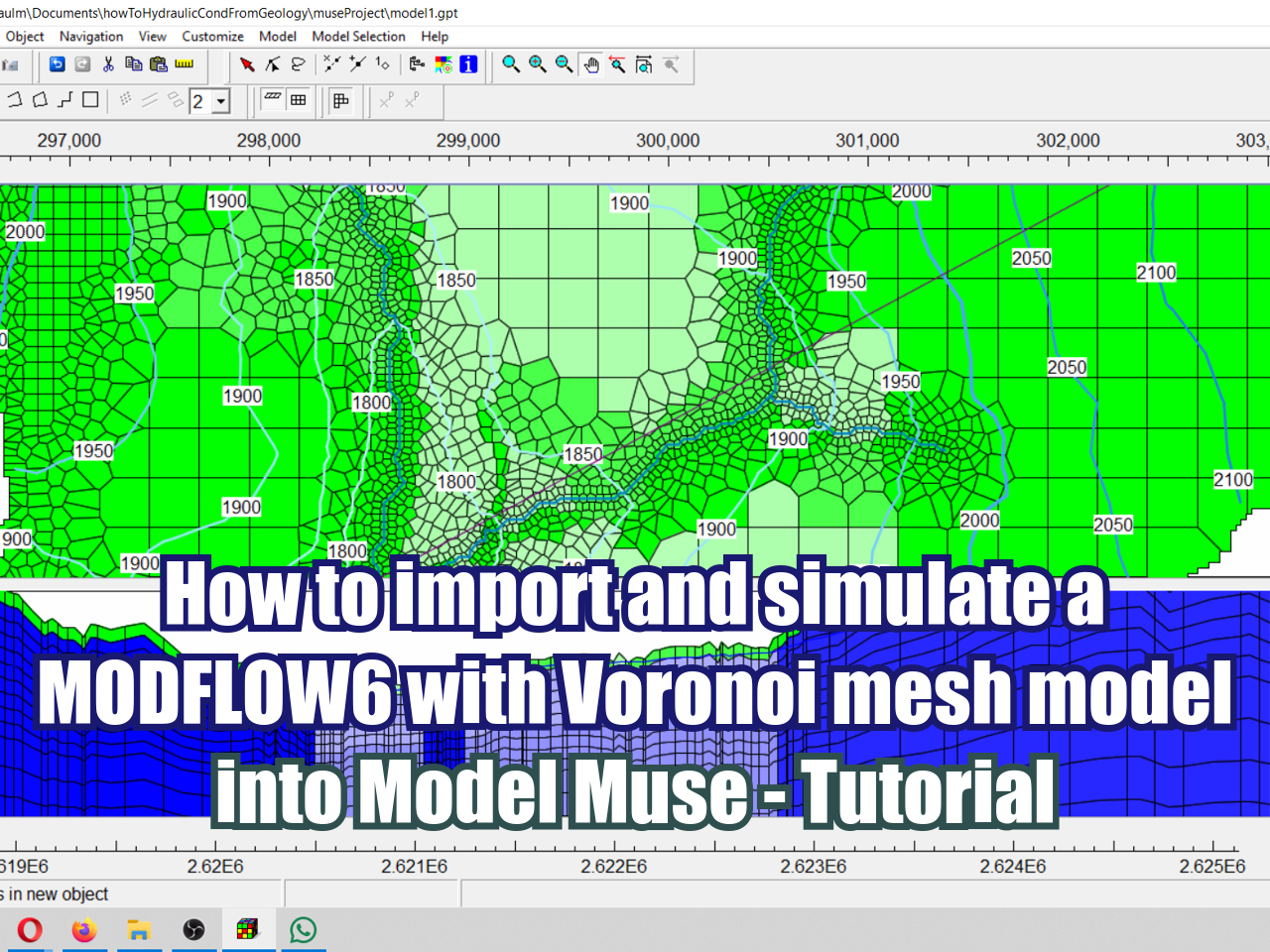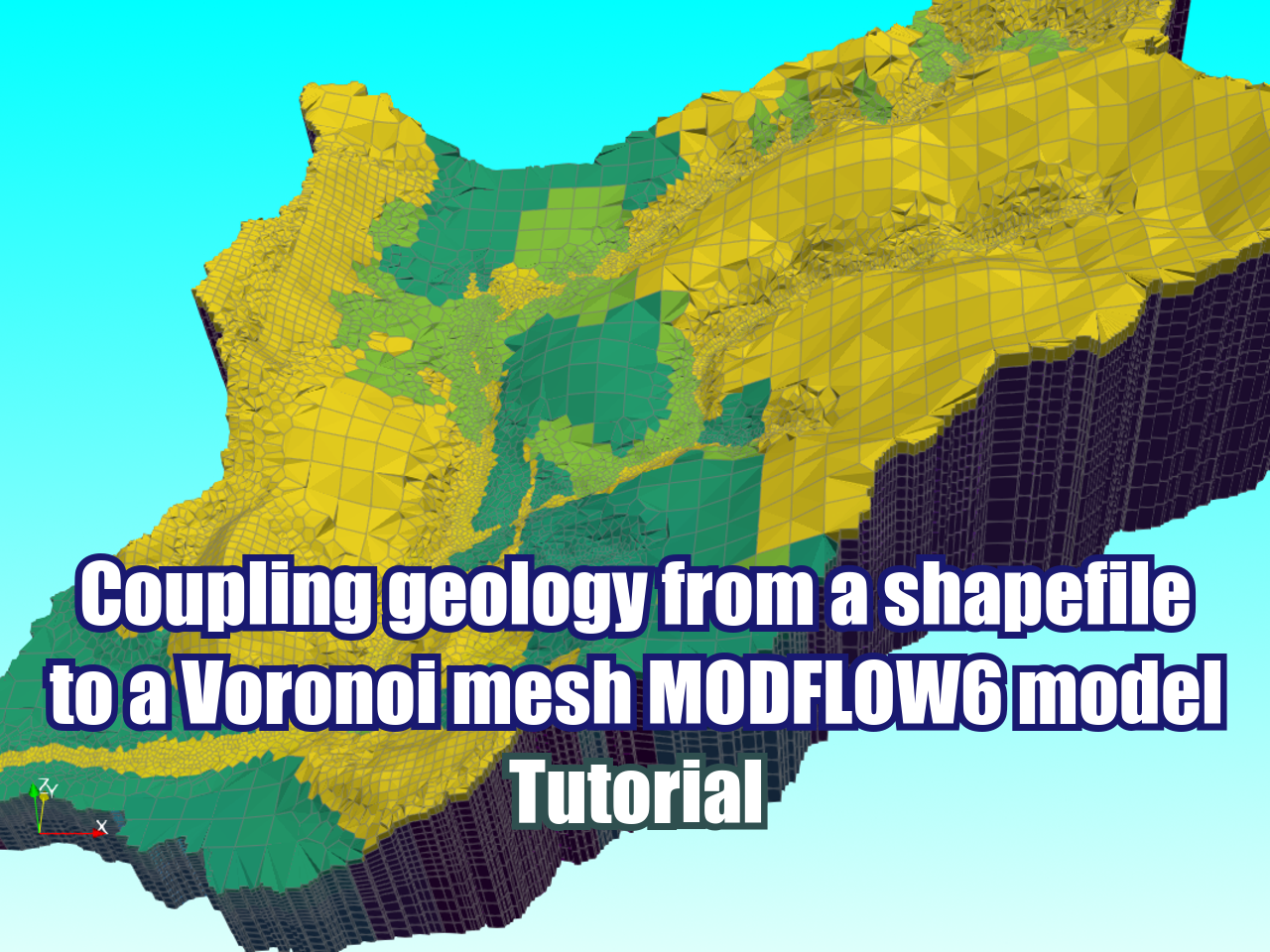Modeling Brine Density vs Concentration Regression Lines with Phreeqc and Aquifer App - Tutorial
/Complex geochemical simulations are entirely possible to be performed with Phreeqc coupled with Aquifer App and Python. Brines can be simulated at different concentrations to obtain relations that are input of other variable density flow models. In this case we have model one brine, sodium bicarbonate, with the REACTION keyword with moles values that range from 0.5 to 12 moles. Values of mass, volume, concentration, and density were processed in Python from the dataframes generated from Aquifer App.
Read More